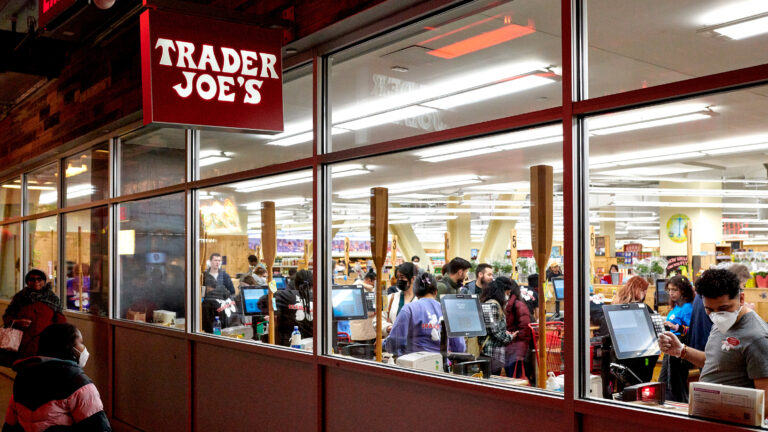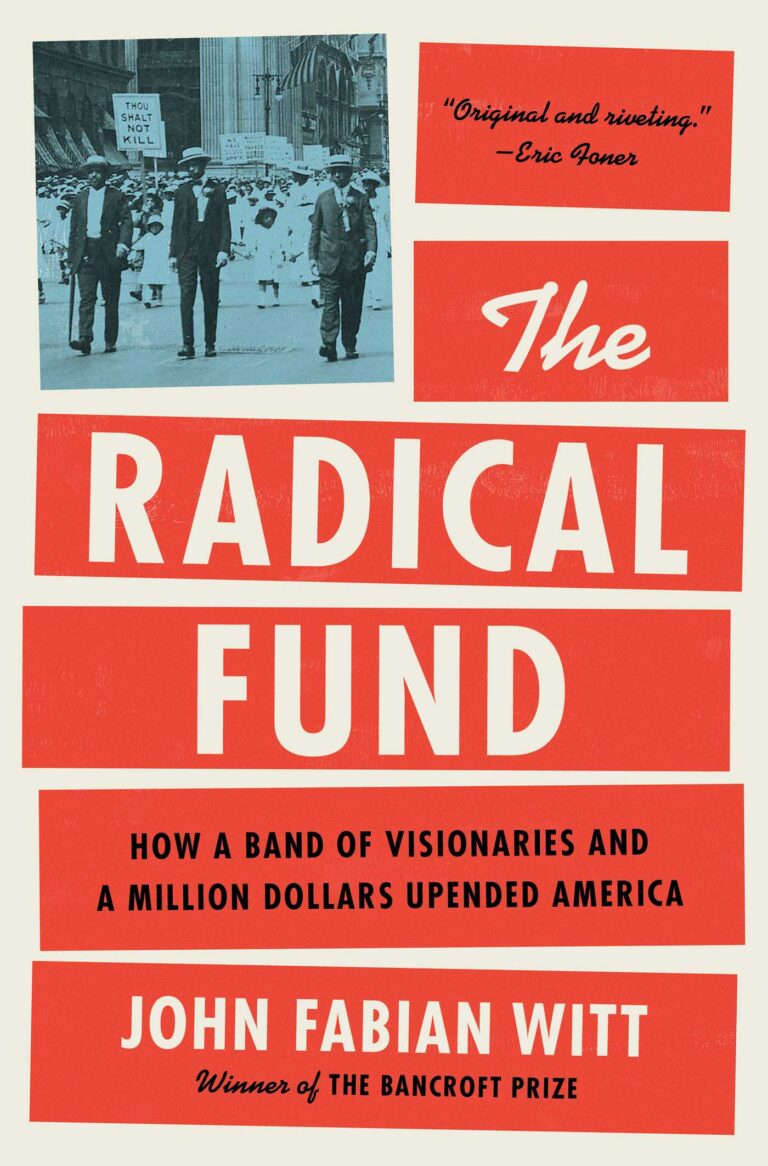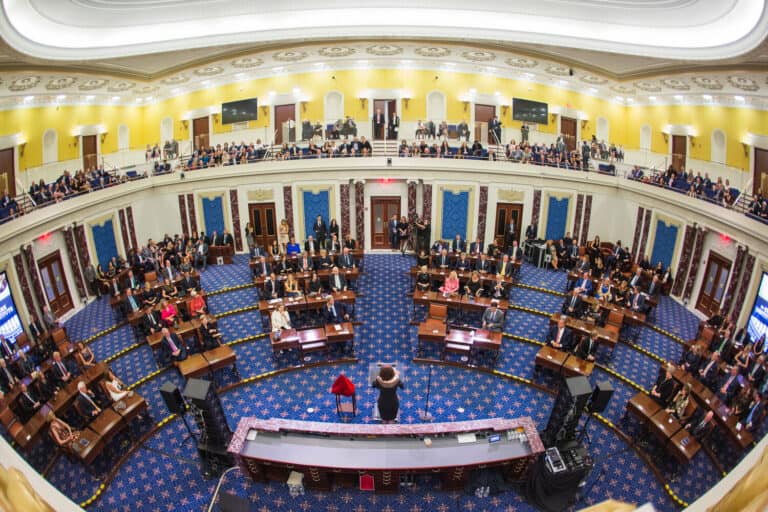Mackenzie Bouverat is a student at Harvard Law School.
In a near party-line vote this Sunday, the Senate took its second-to-final step toward seating Amy Coney Barrett on the country’s highest court, thwarting Senate Democrat’s efforts to stall the highly controversial confirmation. Trump’s third nominee to the Supreme Court, Barrett’s confirmation would consolidate a 6-3 conservative majority on the court. The confirmation is expected to be completed today.
As new coronaviruses cases continue to break records across the country and as ICUs near capacity, work-from-home is no longer popularly regarded as a temporary measure to curb the spread of the virus — increasingly, popular media reports on the phenomenon not as a novelty, but as an expectation of daily life for the foreseeable future (for, they often leave out, the white-collar workforce). Advice columns thus assail us with a dizzying litany of “strategies” to work “successfully” (productively) from home: avoid distractions, avoid domestic stresses, meal prep, meditate, dress for the office, focus on output (not hours worked), ensure that your family leaves you alone, distract your children, exercise, somehow keep your “home” life separate from “work,” use your lunch break to perform domestic chores, buy more bandwidth, classically condition yourself, schedule conference calls during your baby’s nap-time, keep a dedicated office space, make your calendar visible to your coworkers, block news apps from your phone (as distressing information is too distracting), “clean your damn desk.” And, of course, “don’t forget about career advancement.” Despite the apparent need to contend with the considerable challenges of working from home, BBC reports that only 12% of Americans desire a return to the office.
Far fewer columns advise on-site workers. For the lucky restaurant workers who remain employed, their job is just the same as before — except they must now comply with strict state regulations and against the backdrop of widespread resistance to safety regulations by customers. Capacity limits restrict tips; in August, restaurant sales were down an average of 34%. And the prognosis for the industry is dire: as dropping temperatures restricts outdoor dining and ushers in a “second wave” of infections, restauranteurs can expect further contractions in sales.






Daily News & Commentary
Start your day with our roundup of the latest labor developments. See all
November 17
Justices receive petition to resolve FLSA circuit split, vaccine religious discrimination plaintiffs lose ground, and NJ sues Amazon over misclassification.
November 16
Boeing workers in St. Louis end a 102-day strike, unionized Starbucks baristas launch a new strike, and Illinois seeks to expand protections for immigrant workers
November 14
DOT rule involving immigrant truck drivers temporarily stayed; Unions challenge Loyalty Question; Casino dealers lose request for TRO to continue picketing
November 13
Condé Nast accused of union busting; Supreme Court declines to hear Freedom Foundation’s suit challenging union membership cancellation policies; and AFT-120 proposes a “Safe Sleep Lots” program for families facing homelessness.
November 12
Starbucks and the NLRB face off over a dress code dispute, and mental healthcare workers face a reckoning with AI.
November 11
A proposed federal labor law overhaul, SCOTUS declines to undo a $22 million FLSA verdict, and a railroad worker’s ADA claim goes to jury trial.